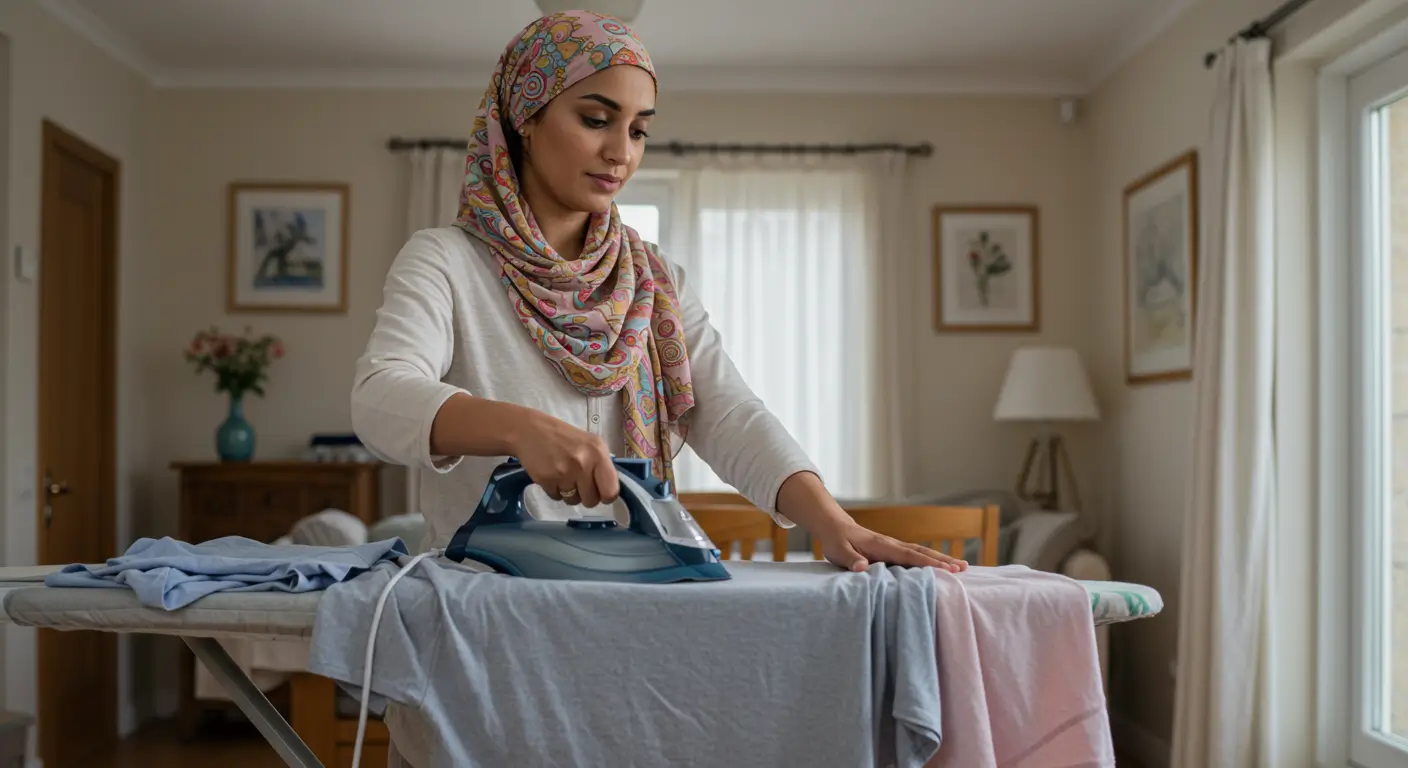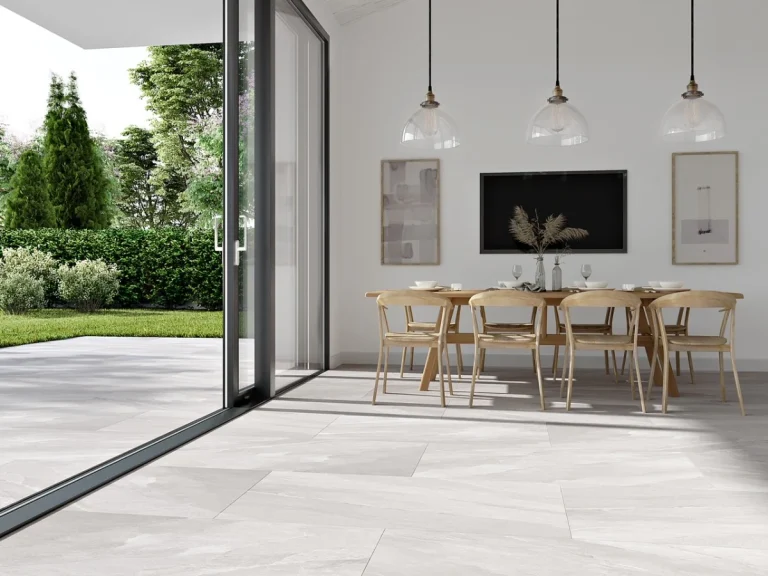Ironing is one of those everyday chores that can either feel like a breeze or a battle, depending on the appliance you use and the fabric in question. A crisp cotton shirt, a delicate silk saree, or a sturdy pair of denim jeans; each material demands different care. Choosing between a steam iron and a dry iron is about giving your clothes the right treatment. Let’s break it down so you can make smarter choices for your wardrobe.
Understanding the Basics: Steam vs. Dry Iron
Before matching irons with fabrics, it’s important to understand what makes each appliance different. A steam iron comes with a water tank and steam vents that release moisture to relax fabric fibres, making it easier to remove stubborn wrinkles and work through thicker materials like cotton or denim.
On the other hand, a dry iron is simpler, offering a flat heated surface without steam, which makes it perfect for crisp finishes and delicate fabrics that may not handle moisture well. While steam irons are powerful for everyday clothes, dry irons bring precision and control for special fabrics. Both have their own strengths, and the key lies in pairing them with the right fabric type.
Best Fabrics for Steam Iron
Steam irons shine when it comes to tackling tough wrinkles and thick materials. They work wonders on fabrics that are naturally prone to creasing or have thicker textures. The combination of heat and moisture helps loosen fibers, making ironing quicker and more effective. Here are the fabrics that benefit most:
- Cotton: This everyday favorite is prone to creasing. Steam penetrates deep into the fibers, softening them for a smooth finish. This ensures your cotton shirts, dresses, and trousers look crisp and polished in no time.
- Linen: Known for its airy feel, linen wrinkles quickly. The moisture from a steam iron relaxes its stiff texture, restoring its fresh, airy look. With steam, you can avoid repeated passes and save time.
- Denim: Thick fabrics like denim can be challenging with a dry iron. Steam works by loosening the dense fibres, making jeans, jackets, and skirts easier to press. It helps maintain the shape while effectively removing heavy creases.
- Polyester blends: Blended fabrics often hold wrinkles differently, with polyester being heat-sensitive. Steam irons balance heat and moisture, tackling creases without damaging the fabric. Just keep the setting moderate to preserve the blend’s quality.
Best Fabrics for Dry Iron
Dry Iron is the safer and smarter choice for delicate or moisture-sensitive fabrics. Without steam, it gives you precise control over heat, preventing damage and helping maintain the natural look of the fabric. These materials benefit the most from dry ironing:
- Silk: Silk is highly delicate and prone to water stains if exposed to steam. Using a dry iron on a low setting ensures the fabric stays smooth and shiny. It helps preserve silk’s natural elegance without the risk of damage.
- Wool: Applying steam directly to wool can flatten its fibres and ruin its texture. A dry iron with a pressing cloth provides gentle heat without harming the weave. This method keeps wool garments looking structured and fresh.
- Rayon and Viscose: These semi-synthetic fabrics are sensitive to both heat and moisture, making them tricky to iron. A dry iron with controlled temperature smooths out wrinkles safely. It prevents shrinkage while keeping the drape intact.
- Synthetic fabrics: Materials like nylon and acrylic can melt or distort under too much heat or steam. A dry iron at low heat avoids shine marks and damage. It maintains the original texture and finish of these garments.
Which One Works Best for Everyday Use?
If your wardrobe is filled with crisp cotton shirts, trousers, and casual wear, a steam iron may feel like a lifesaver. Its ability to smooth out stubborn creases makes it ideal for daily wear.
On the other hand, if you often deal with delicate sarees, formal blouses, or special occasion outfits, a dry iron is a more dependable companion. It gives you control over heat without the worry of moisture damage.
Many households actually prefer keeping both types. This way, you can switch between steam and dry ironing depending on the fabric at hand.
Tips for Choosing the Right Iron for Fabrics
No matter which appliance you choose, a few smart practices can make ironing safer and more effective. By following a few simple steps, you can protect your fabrics, save time, and get the best results every time. These simple practices help extend the life of your clothes while making ironing more efficient.
- Always check care labels: Every garment comes with a label that indicates ironing instructions. These symbols guide you on whether to use steam or dry heat and at what temperature. Following them ensures your clothes stay in top condition.
- Use a pressing cloth: Delicate fabrics can get shine marks or even burn when in direct contact with the iron. A pressing cloth creates a protective barrier between the heat and your garment. This trick keeps clothes looking new and damage-free.
- Adjust temperatures carefully: Different fabrics respond differently to heat, so settings matter. Too much heat can scorch or shrink delicate materials, while too little won’t remove wrinkles effectively. Matching the right temperature saves your fabric’s texture.
- Test on a small patch: If you’re unsure how a fabric will react, try ironing a hidden seam first. This way, any mistakes won’t be visible on the main garment. It gives you confidence before ironing the entire piece.
Choose the Right Iron for Every Fabric
At the end of the day, both the steam iron and the dry iron have their unique strengths. Thick, wrinkle-prone fabrics like cotton, linen, and denim benefit greatly from steam, while delicate and moisture-sensitive materials like silk, wool, and synthetics are better off with dry heat. Owning both can give you the flexibility to handle your entire wardrobe without compromise.
Ironing doesn’t have to feel like a chore when you’re equipped with the right appliance. By matching your fabrics to the right iron, you’ll keep your clothes looking polished, fresh, and ready to wear, no matter the occasion.



















